A solar-compatible portable power station is a useful device that addresses one of life's most annoying problems: having no power when you need it most. Ever been deep in the woods, fumbling with a phone that's about to die? Or had a storm knock out your home's electricity, watching your fridge warm up? Maybe you're just trying to host a fun campsite cookout, but there's not a single outlet in sight. That's where this handy device steps in: it's your reliable backup, keeping your gadgets charged, your appliances running, and your plans from falling apart.
With tons of models available on the market, finding one that suits your needs might feel challenging. How much capacity do you require? How do you know it will charge efficiently from the sun? What features actually matter to your lifestyle?
This guide will help clear the confusion. We will outline the key factors to consider when choosing a solar-ready portable power station, so that you can pick a model that works for you.
What is a Solar-Compatible Portable Power Station?

New to the world of portable power stations? Let's start with the basics. A solar-compatible portable power station is essentially a big, rechargeable battery in a sturdy box. But one feature makes it stand out: it can charge using solar panels.
Here's how it works: Most portable power stations can charge from a wall outlet or a car charger, just like your phone or tablet. But a solar-ready model does one better: plug it into solar panels and put the panels out in the sun, and the sun's power will be converted to electricity to fuel the station's battery. Once it is fully charged, it can power all your gadgets — everything from phones and laptops to power tools and home appliances.
The magic here is flexibility. With a solar-powered power station, you're no longer tethered to a wall plug. Whether you're camping or dealing with a power outage, as long as the sun's out, you can keep both your station and your devices charged and ready to go. And the best part? The sun's energy is free!
What to Look for When Choosing a Solar-Powered Portable Power Station
Not all solar-ready portable power stations are the same. To find your perfect match, keep an eye on these key features:
Measured in watt-hours (Wh), capacity specifies how much sun-charged energy a portable power station can store to power your devices later. The bigger the capacity, the longer you can go between solar top-ups for powering various devices.
• Small (300–500Wh): Great for phones, cameras, and other small electronics.
• Medium (500-1000Wh): Ideal for laptops, mini-fridges, and drones.
• Large (1000Wh+): Enough to run power tools, medical equipment, TVs, and other home appliances.
The battery inside a portable power station does more than just hold onto solar power. It also determines how many years it will keep doing that job well.
• Lithium-ion: The common pick. It's lightweight and efficient, but with a shorter lifespan in general (tops out at 500–1,000 charge cycles).
• LiFePO4: The solar champion. It can handle over 2,000 charge cycles and works better in hot or cold weather. Plus, it's safer when charging for hours in direct sunlight.
Solar charging means chasing sunlight — so your station needs to be easy to move to where the sun shines.
• Lightweight (under 10 lb): Toss it in a backpack, perfect for solo trips.
• Mid-range (10-30 lb): Easy to carry with a handle.
• Heavy-duty (30+lb): Sturdy but best comes with wheels, ideal for setting up a fixed solar spot (like a balcony) where you won't move it often.
This is the make-or-break feature for solar-compatible portable power stations.
• Solar input wattage: This determines how fast it can soak up energy from panels.
• Panel flexibility: Does it play nice with third-party solar panels, or only its brand's? Most good solar stations work with generic panels, saving you money if you already own panels.
• MPPT charging: This tech helps the system squeeze every bit of energy it can from the panels, even on cloudy days.
Extra Features That Make a Big Difference
Don't overlook these little touches — they make living off solar power way easier.
• LED light bar: Handy for setting up solar panels at dusk or navigating a dark campsite.
• Smart display and controls: A screen that shows solar input wattage and remaining capacity takes the guesswork out of charging. Some high-end models even let you monitor and control the charging process through an app.
• Pass-through charging: A convenient feature that lets you charge the station with solar panels while it's powering your devices.
Conclusion
Solar power is free, clean, dependable, and gives you control over your energy. A solar-compatible portable power station is absolutely worth it.
To help you discover which one suits you the best, we've broken down the key stuff: how much power you need, which type of battery will last for years, and why portability and solar panel compatibility matter. Plus, those extra features can make a world of difference.
So, what are you waiting for? Use this guide to zero in on the features that matter most to you and energize your next adventure with the sun!
1. Is a solar-compatible portable power station and a solar generator the same?
Well, not exactly. They're like close cousins with a little quirk that sets them apart: A solar-compatible portable power station is all about storing energy. It can hold onto power from the sun (or other sources), but it can't make any on its own. A solar generator, though? It's more self-sufficient. It doesn't just store energy, it makes it too, by turning sunlight straight into electricity.
2. How long does it take to charge a solar-powered portable power station with solar panels?
It depends on the sun, the panel's wattage, and your station's capacity. On a bright sunny day, a 100W solar panel might charge a 500Wh station in 5–8 hours. If it's cloudy, expect 10–12 hours. Plus, charging larger stations will require more time. If you want to charge your station faster, you can charge through a wall outlet.
3. How long will a solar-compatible portable power station last on one charge?
That depends on what you're powering. Take the PISEN Portable Power Station 1000W as an example. It can power a tablet for 21 hours, charge a laptop 14 times, charge a phone 59 times, or run a projector for 6 hours. Check the device's wattage and divide your power station's capacity (Wh) by that number to get a rough estimate.
4. Can I use a solar-ready portable power station indoors?
Absolutely! You just can't charge it with solar panels indoors (since they need sunlight). But once it's charged, you can use it inside to power devices during a blackout or to avoid cluttering your space with cords.
5. Do solar panels come included with the power station?
Sometimes, but not always. Many brands sell "solar kits" that include both the portable power station and the compatible panels. But more often than not, you'll need to buy panels separately. If you're on a budget, start with the station and add panels later — most are compatible with third-party panels (just check the wattage and connectors).
Related Reading: Best Camping Power Stations 2025: Powered Up Outdoors

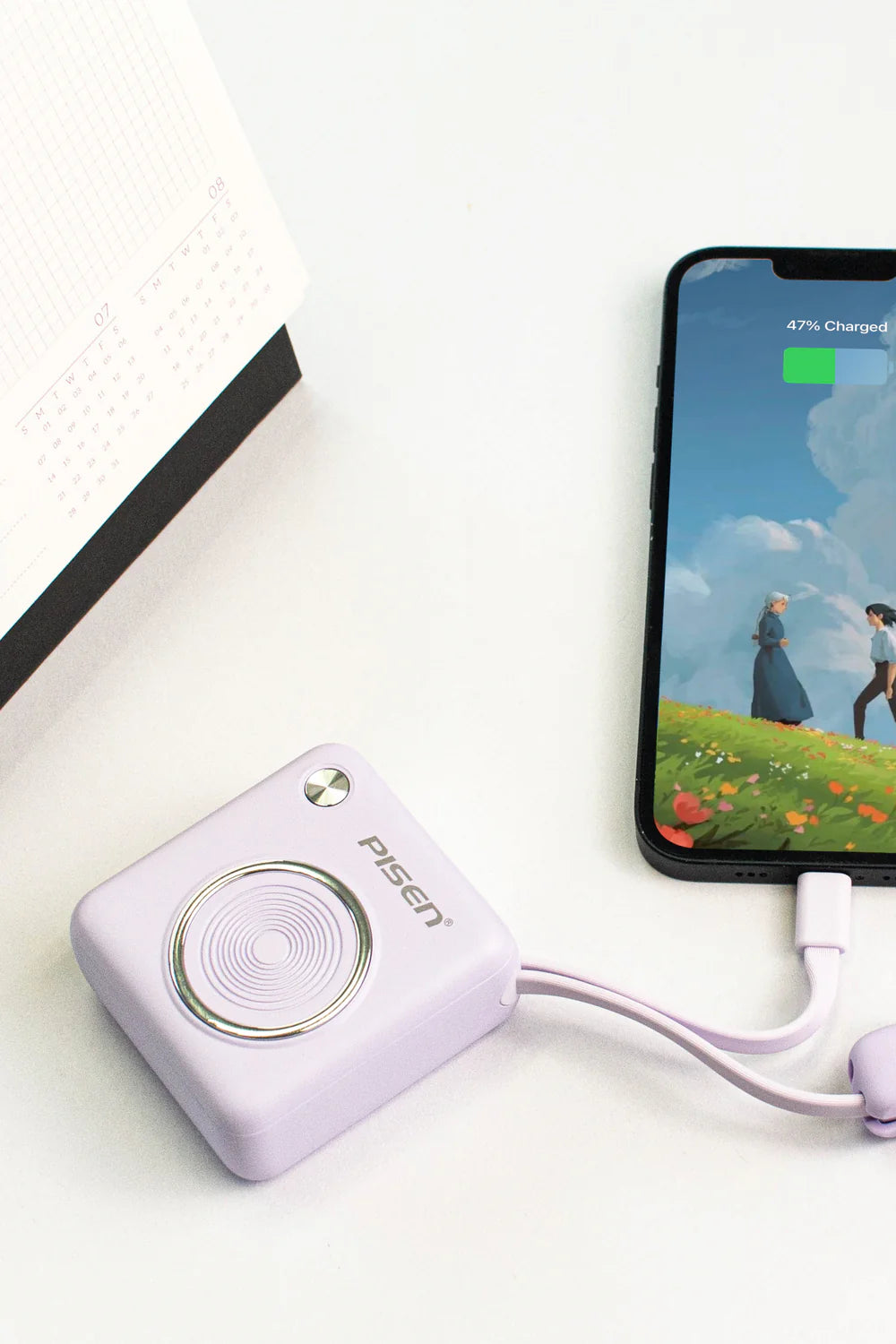
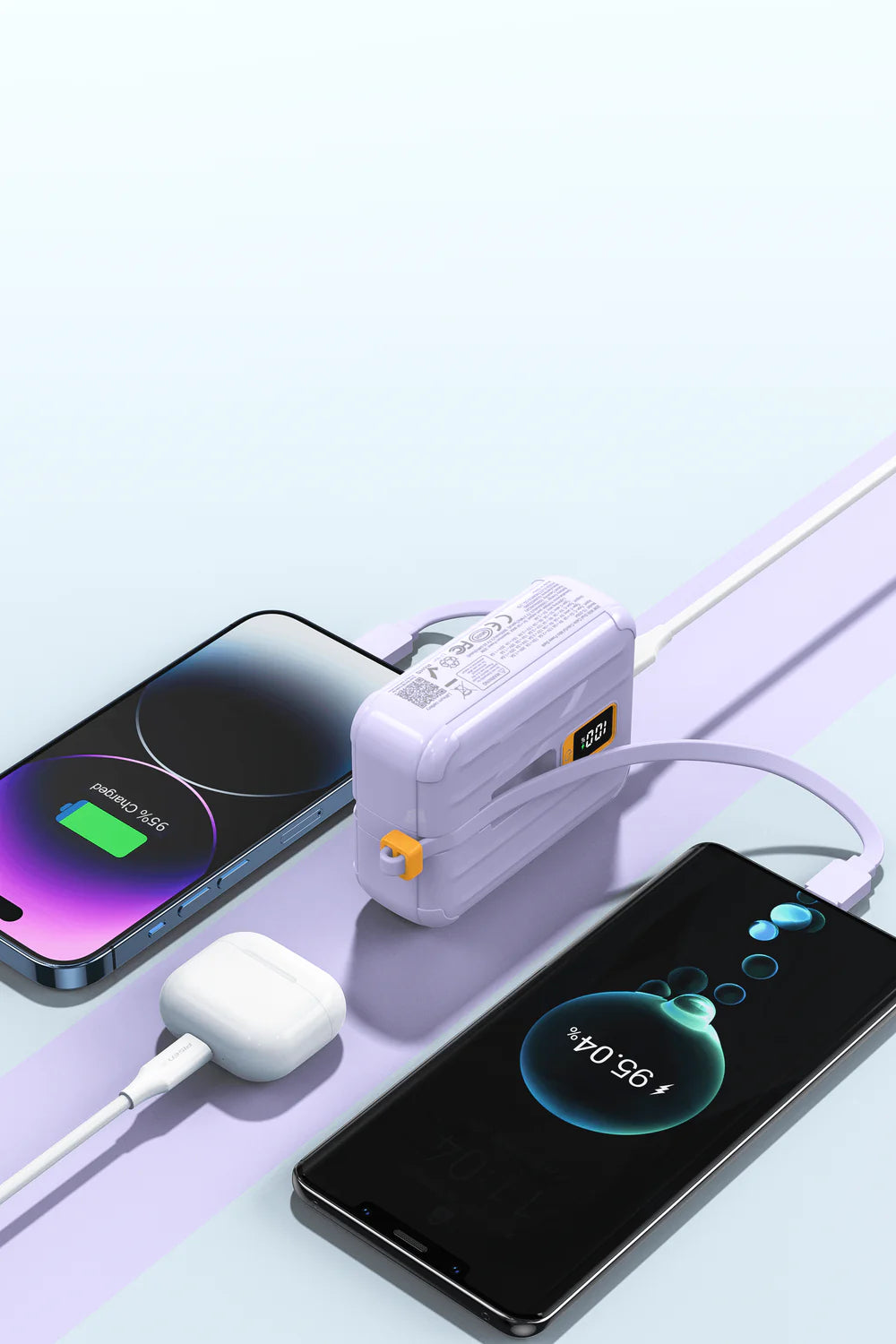



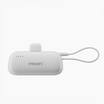

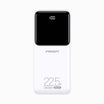
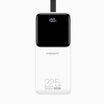
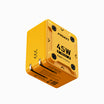
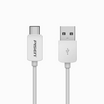
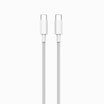
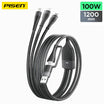
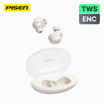

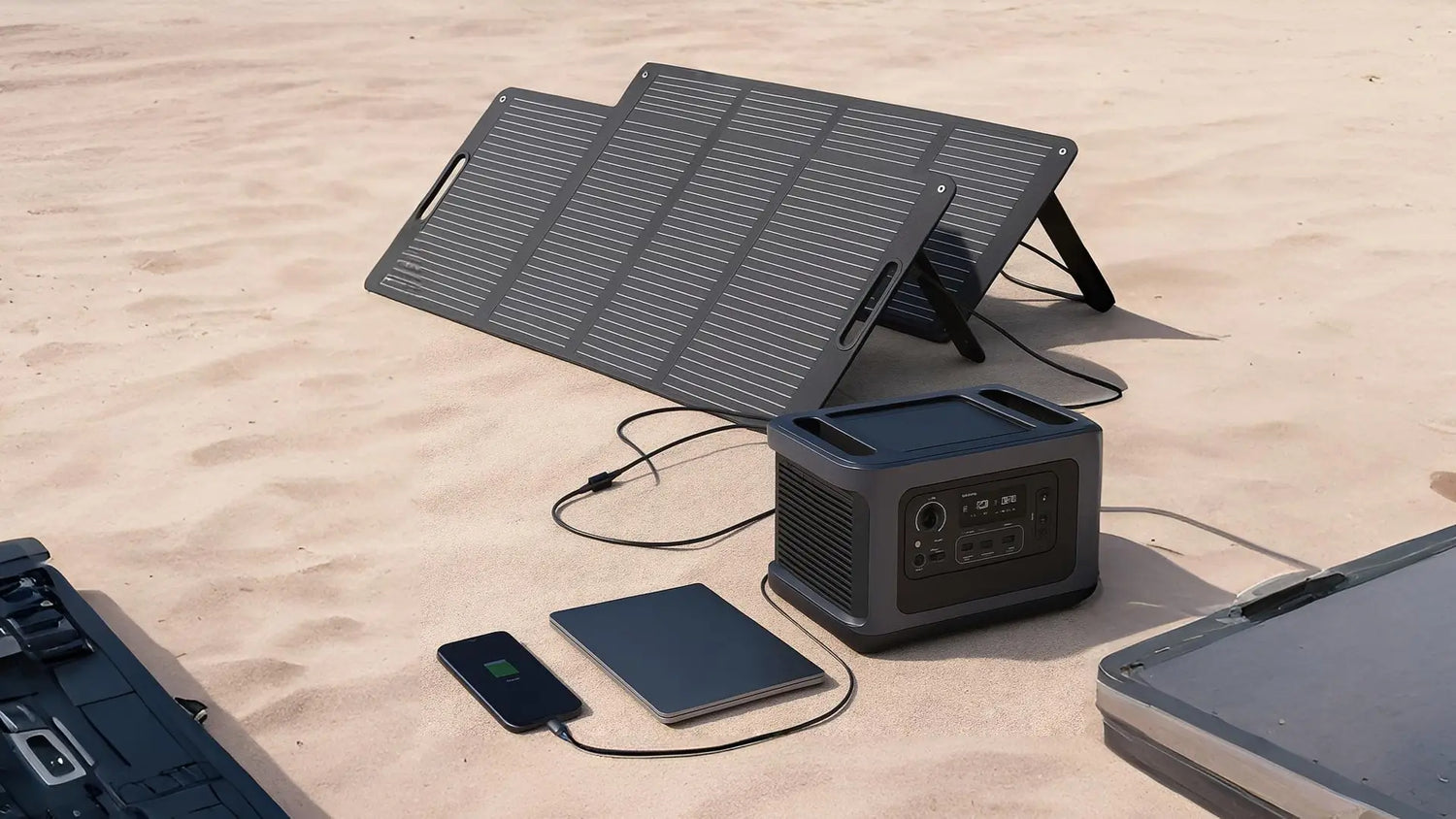
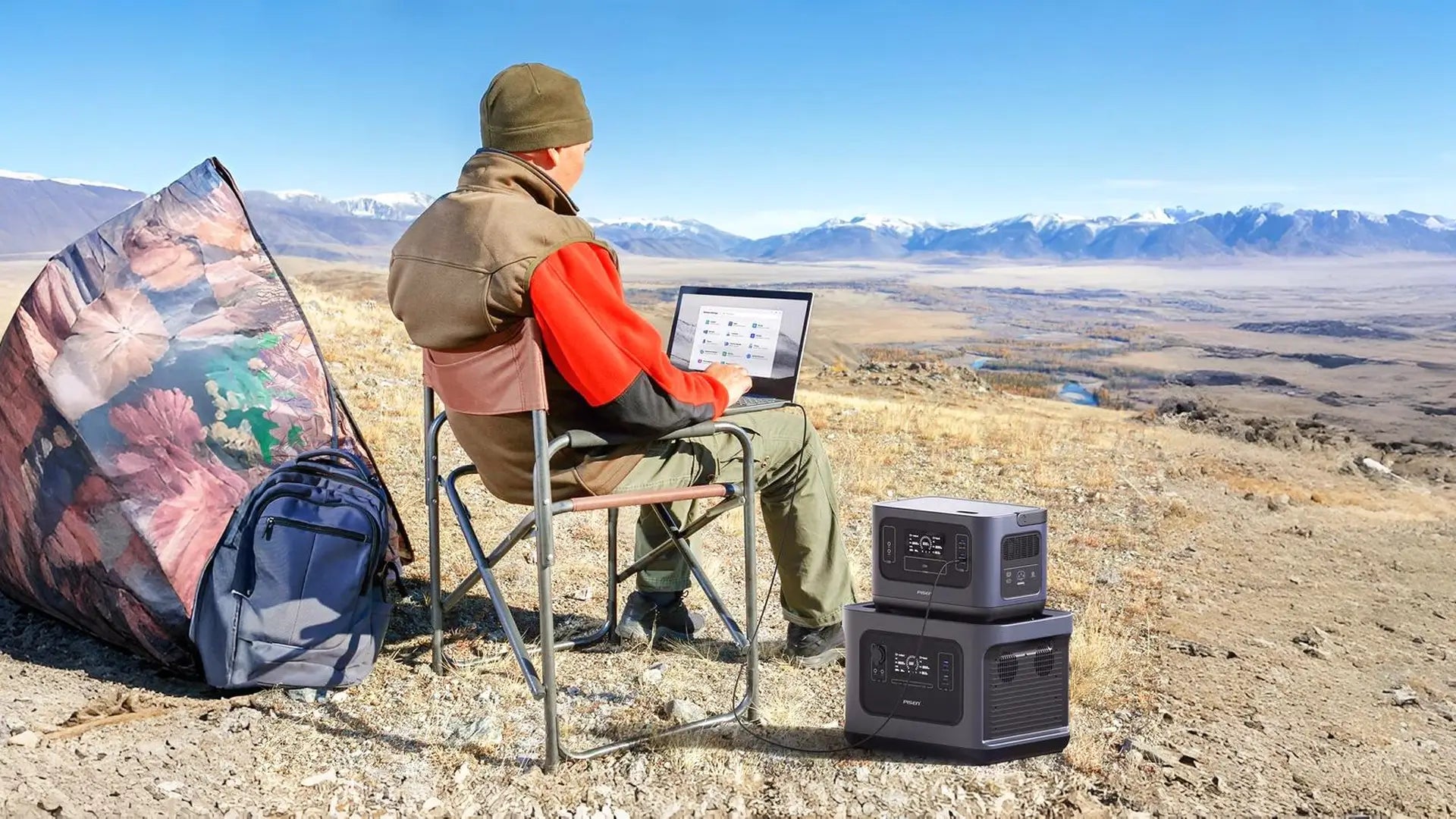
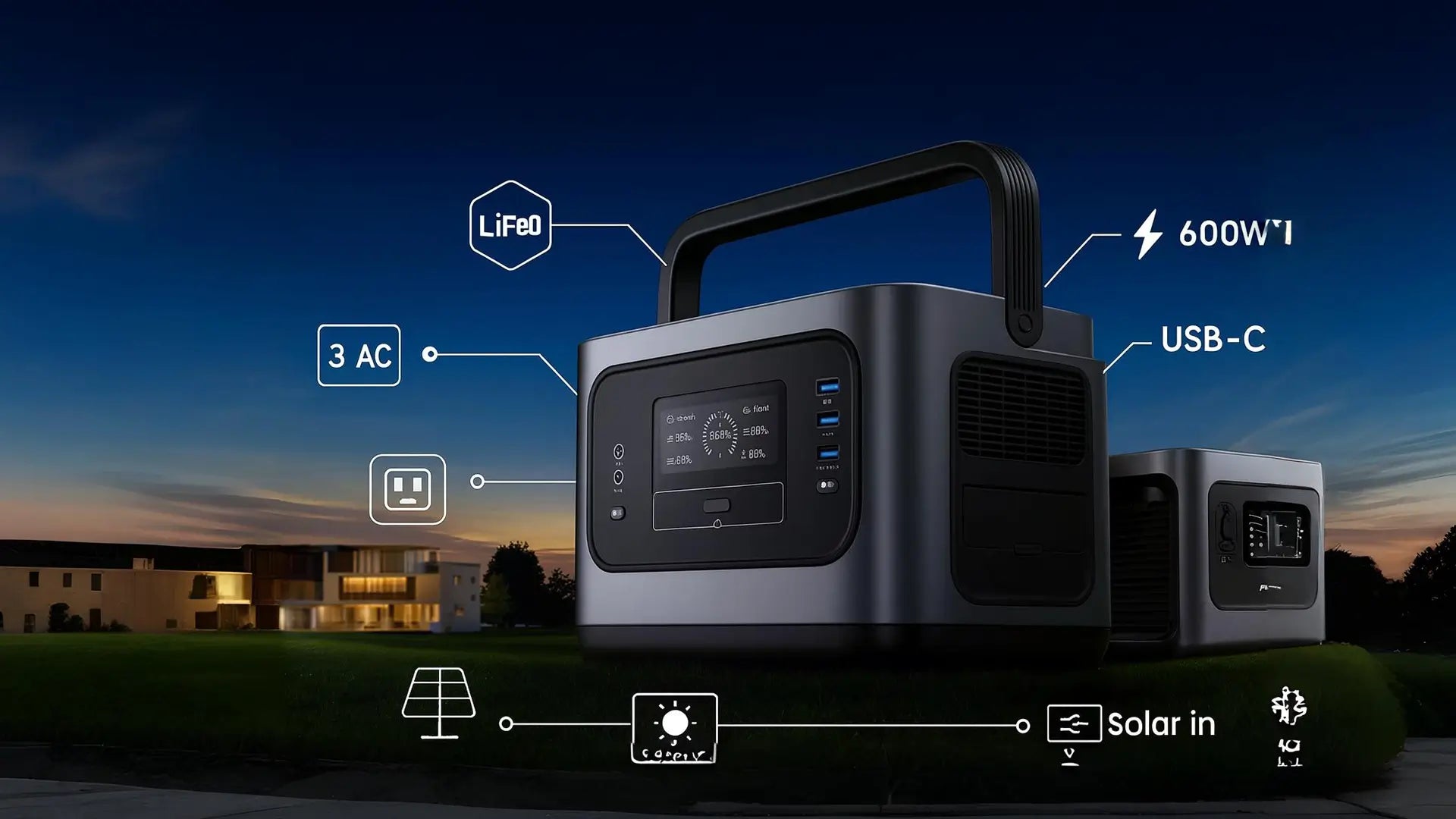
Leave a comment
This site is protected by hCaptcha and the hCaptcha Privacy Policy and Terms of Service apply.